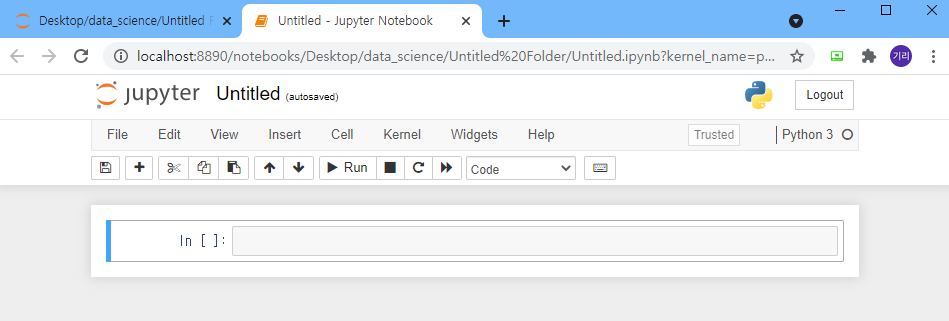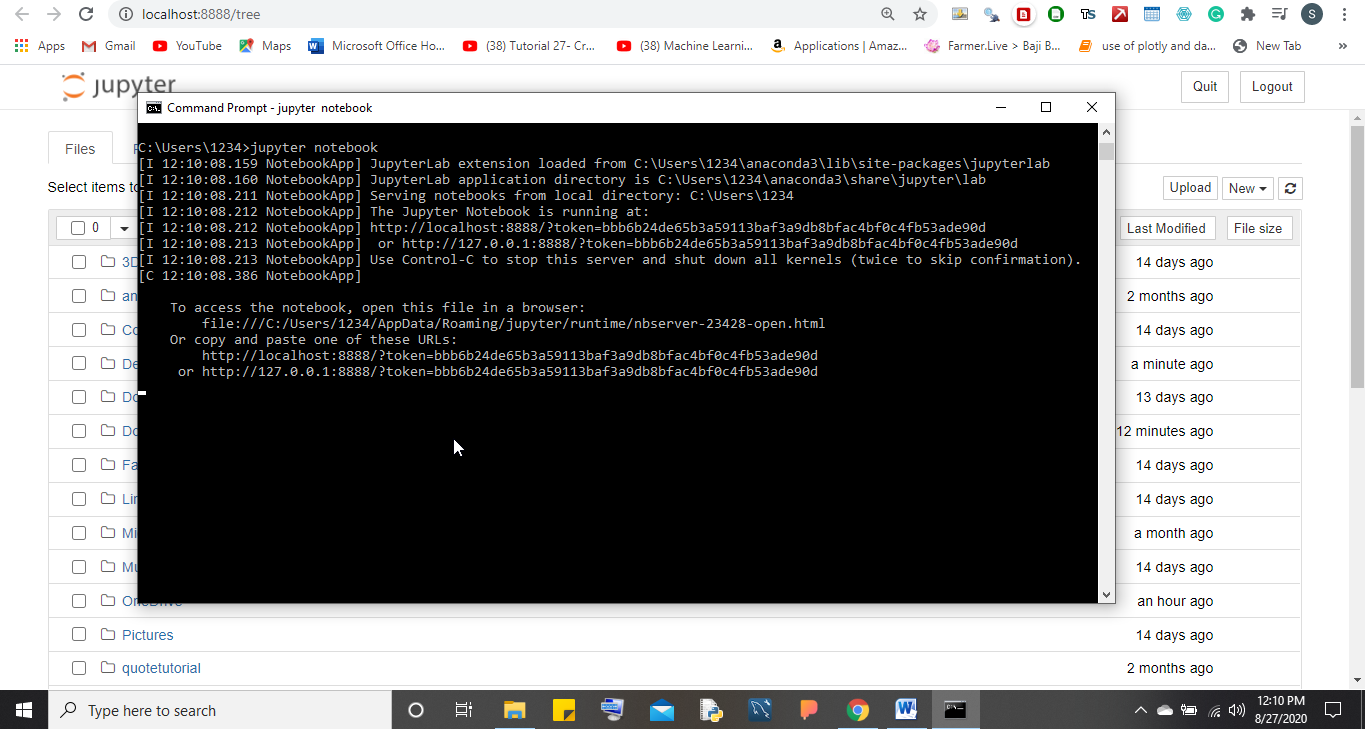

I checked the sys.path in my Jupyter Notebook and the new python path didn't seem to be added.

to have both Python 2 and 3 available, see the IPython docs on installing kernels. Project description Install the Jupyter system, including the notebook, qtconsole, and the IPython kernel. Install all the Jupyter components in one go. How do I install Python 2 and Python 3 To install an additional version of Python, i.e. Latest version Released: Jupyter metapackage. This allows working on notebooks using the Python programming language.

I just tried: export PYTHONPATH='/home/me/.local/lib/python3.6/site-packages/'īut again, this didn't fix it. Yes, installing the Jupyter Notebook will also install the IPython kernel. I think I need to tell Jupyter Notebook to look for the python3 version of emcee, but I'm not sure how to. If you have Python installed, but you dont have an Anaconda installation, you should be able to install Anaconda for Python 3 and use Jupyter Notebooks. I then did pip3 install emcee, opened a Jupyter Notebook (python3 kernel) but I still have the same issue. It was still looking for the emcee module in the python2 path.

I again tried to import emcee but I had the same problem. I then opened a Jupyter Notebook using the Python3 kernel. I then installed ipykernal using: python3 -m pip install ipykernel Parameter_names: Optional, List]] = None,Īpparently because I am using the python2 kernel. 1) sudo apt-get install python3-pip python3-dev2) pip3 install -U jupyter3)List all installed kernelspec jupyter kernelspec listInstall kernelspec for pyt. takluyver/bash_kernel: A bash kernel for IPythonįollow the README instructions to install the Bash kernel, which is relatively simple.Using a Jupyter Notebook running with the python2 kernel, I tried to import emcee and I got an error message: File "/home/me/.local/lib/python2.7/site-packages/emcee/ensemble.py", line 84.Some kernels may require complex environment setup. In many cases, repositories provide installation instructions for different environments like Linux, macOS, and Windows. The installation method varies depending on the kernel. You can assess these repositories by considering the number of stars and the date of the most recent update. Each kernel supports a different language in the code cells of your notebook. Connect to a kernel Azure Data Studio notebooks support a number of different kernels, including SQL Server, Python, PySpark, and others. The table on the linked page provides repository links in the leftmost column. Open the command palette ( Ctrl+Shift+P ), type 'new notebook', and select the New Notebook command. Numerous kernels are available for various programming languages, including Ruby, C#, Go, and more.Įach kernel is community-created, and some languages may have multiple kernels. You can find a list of currently available Jupyter kernels on this page: Sponsored Link Jupyter kernels List of Jupyter kernels


 0 kommentar(er)
0 kommentar(er)
